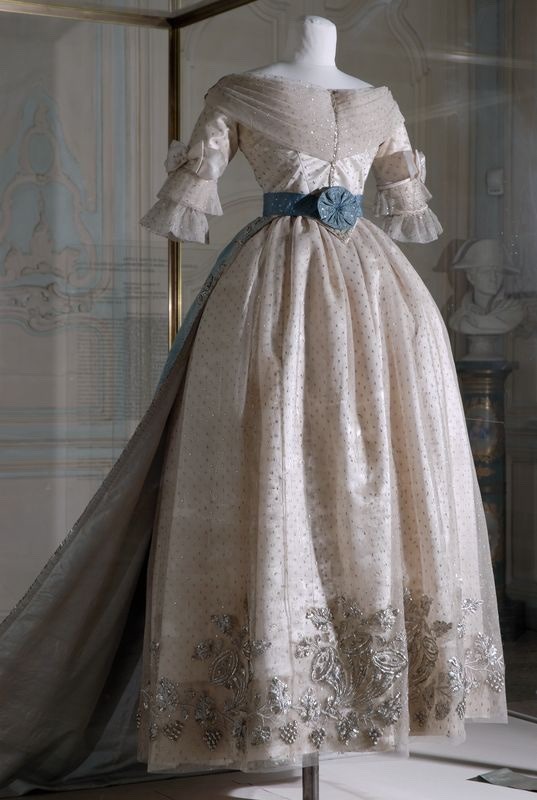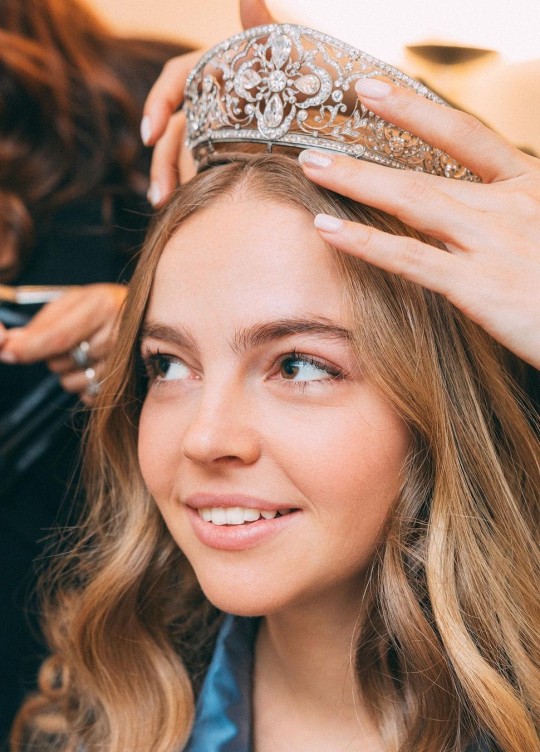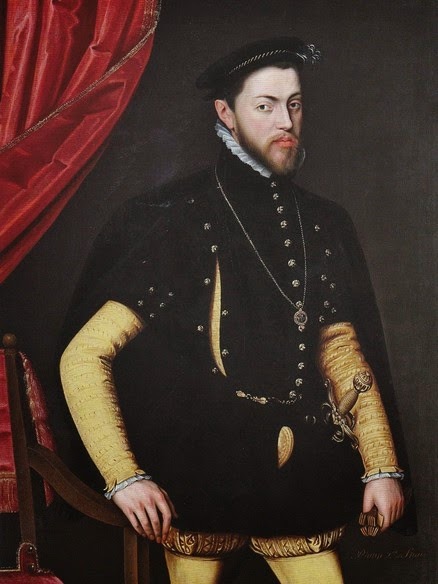#Habsburg
Explore tagged Tumblr posts
Text

Duke Ernest the Iron rescues Cymburgis of Masovia by Franz Josef Dobiaschofsky
#franz josef dobiaschofsky#art#ernest duke of austria#cymburgis of masovia#royal hunt#bear#bears#princess#house of habsburg#habsburg#history#hunting#austria#austrian#polish#poland#europe#european#ernest the iron#leopoldian line#spear#crossbow#dagger#horn
237 notes
·
View notes
Text
A memory to cherish (Charles II of Spain fanart)

Authors note: A story based on fact
In October 1700, Charles II's health continued to decline. By this time, he had lost most of his loved ones, and the court was in a state of panic regarding the issue of succession. The days of joy were behind him; he struggled to walk and could hardly travel. His problems with the country escalated, and his wife's attitude only added to his distress. All he could do now was attempt to address the crisis that Spain was facing. However, he felt overwhelmed, bearing the weight of his country's fate on his shoulders. He knew he needed peace of mind before making any decisions.
One afternoon, after his prayers, he walked around the palace, gazing out the windows and strolling down the hallways." I used to run and play here," he thought, reminiscing about the moments in his life that had brought him happiness. As he ventured downstairs to check the rooms, one room stood out. The room showcases a valuable item: the mini-carriage. He gently caresses it, reminiscing about his childhood.
#history#house of habsburg#art#spain#17th century#charles ii of spain#habsburg#please like and reblog#carlos ii#mariana's art#my art#digital painting#artsts on tumblr#artists of tumblr#digital illustration#character design#historical figure#my king#king#world history#kings of spain#look at him#mini carriage#histoire#historical#royalty#baroque period#baroque#historical costume#historical figures
73 notes
·
View notes
Text

Isabella of Portugal by Titian, 1548.
#classic art#painting#titian#italian artist#16th century#portrait#female portrait#indoor portrait#empress#holy roman empress#queen#queen of spain#habsburg#fashion#brown dress#pearls#window view
104 notes
·
View notes
Text


Gown and train of Marie Louise of Austria, second wife of Napoleon Bonaparte
(Bust of Napoleon and painting of Marie Louise in the background)
Museo Glauco Lombardi
#this dress looks way better here than in the painting for some reason lol#Museo Glauco Lombardi#dress#gown#1800s#19th century fashion#train#ball gown#Parma#Italy#Marie Louise#marie-louise#Marie Louise of Austria#napoleonic#Austria#Habsburg#habsburgs#history of fashion#fashion history#historical fashion
456 notes
·
View notes
Text
Protože lidská práva byla too woke

105 notes
·
View notes
Text

Jewels of Empress Sissi
42 notes
·
View notes
Text

Habsburg family radio listening, 1928. From the Budapest Municipal Photography Company archive.
100 notes
·
View notes
Text
habsburg but lovers or something
idk i didnt read the lore ❤

#mochidex#mochidexbirthday#mochidexsakura#hetalia#mochitalia#hetalia axis powers#hetalia world stars#aph#hws#aph hetalia#hws hetalia#aph spain#hws spain#aph austria#hws austria#house of habsburg#habsburg#hapsburg#aph spaus#hws spaus
43 notes
·
View notes
Text

TIARA ALERT: Archduchess Ildikó of Habsburg-Lorraine wore Princess Louise of Bourbon-Two Sicilies' Diamond Tiara for Le Bal des Débutantes at the Shangri La Hotel in Paris on 25 November 2023.
#Tiara Alert#Archduchess Ildiko#Habsburg#Austrian Royal Family#Austria#Hungary#tiara#diamond#diadem#royal jewels#royaltyedit#Orleans#Bourbon Two Sicilies#Le Bal des Debutantes
184 notes
·
View notes
Text


Napoleon II, Duke of Reichstadt
His mother's son (at least for the purposes of this bracket)
Philip II, King of Spain, King of Portugal, reigned 1556-1598
Instant discourse, just say the word 'armada'
251 notes
·
View notes
Text

Portrait of a young Archduchess Eleanor of Austria, by Ottavio Zanuoli.
#eleanor of austria#Ottavio Zanuoli#house of habsburg#habsburg#16th century#16th century art#long live the queue#archduchess
31 notes
·
View notes
Text

Hussar with captured Austrian flag at the Battle of Rivoli, 1797 by Édouard Detaille
#édouard detaille#art#napoleonic wars#cavalry charge#cavalry#hussar#battle of rivoli#history#europe#european#french#france#austrian#flag#habsburg#habsburg monarchy
164 notes
·
View notes
Text
Fanart of Mariana of Austria as a child


Warning: This story have some artistic license
Mariana, the beloved princess of the Holy Roman Empire, was a cheerful and imaginative young girl. She carried her dolls wherever she went, dressing them in different outfits and even feeding them as if they were alive. She would converse with them, pretending they could talk and understand her.
One day, her mother presented her with a special gift. Mariana couldn't contain her excitement as she quickly unwrapped the present to reveal a beautiful doll. Overjoyed, she thanked her mother for such a wonderful gift.
Her older brother, Ferdinand, would play tricks on her by hiding her dolls in various places. Although he would join her in play from time to time, their lives were largely separate during that period as he focused on his duties.
Mariana of Austria had a passion for playing with dolls as a child.
#history#mariana de austria#house of habsburg#spain#art#17th century#habsburg#please like and reblog#my art#mariana's art#look at my baby#look at that hair#so cute it's giving enda mode#dolls#monarquia#spanish history#1600s#cute girl#mariana of austria#austria#holy roman empire#maria anna of spain#Mariana and her mother had similar names#artists on tumblr#digital illustration
57 notes
·
View notes
Text

Archduchess Maria Christina, Duchess of Teschen by Johann Zoffany, 1776.
#classic art#painting#johann zoffany#german artist#18th century#portrait#female portrait#indoor portrait#princess#habsburg#white dress#fashion#dogs in portraits#chair
123 notes
·
View notes
Text


He's never beating the Habsburg jaw allegations
#metext#junjou romantica#house of habsburg#habsburg#rip charles II of spain your life and legacy will never be forgotten
20 notes
·
View notes
Text
Ben and Evie being the power couple of Auradon is a favorite AU of mine. It’s very much like Charles V and Isabella of Portugal, but without any cousin stuff. I know Audrey would have been more upset.
D3 if Ben x Evie were a thing and during the proposal:
Queen Leah: “You were supposed to be his queen, and you let someone who’s basically a carbon copy of you take your place?”
Audrey: “She’s a witch too, Grammi. She knows magic and is everything that I’m not.”
Chad: “Like being a fashion designer, the mom friend of the group, plus the fact that she’s involved in anything Isle or VK-related, just like Ben is. It’s a good match.”
Audrey: “Bitch, you were supposed to be on my side.”
#descendants#descendants 2#descendants 3#descendants rise of red#ben florian#evie grimhilde#mal bertha#jay descendants#carlos de vil#king ben#audrey rose#chad charming#ben x evie#bevie#benvie#like ik audrey would've been more pissed#charles v#isabella of portugal#habsburg#house of habsburg
33 notes
·
View notes